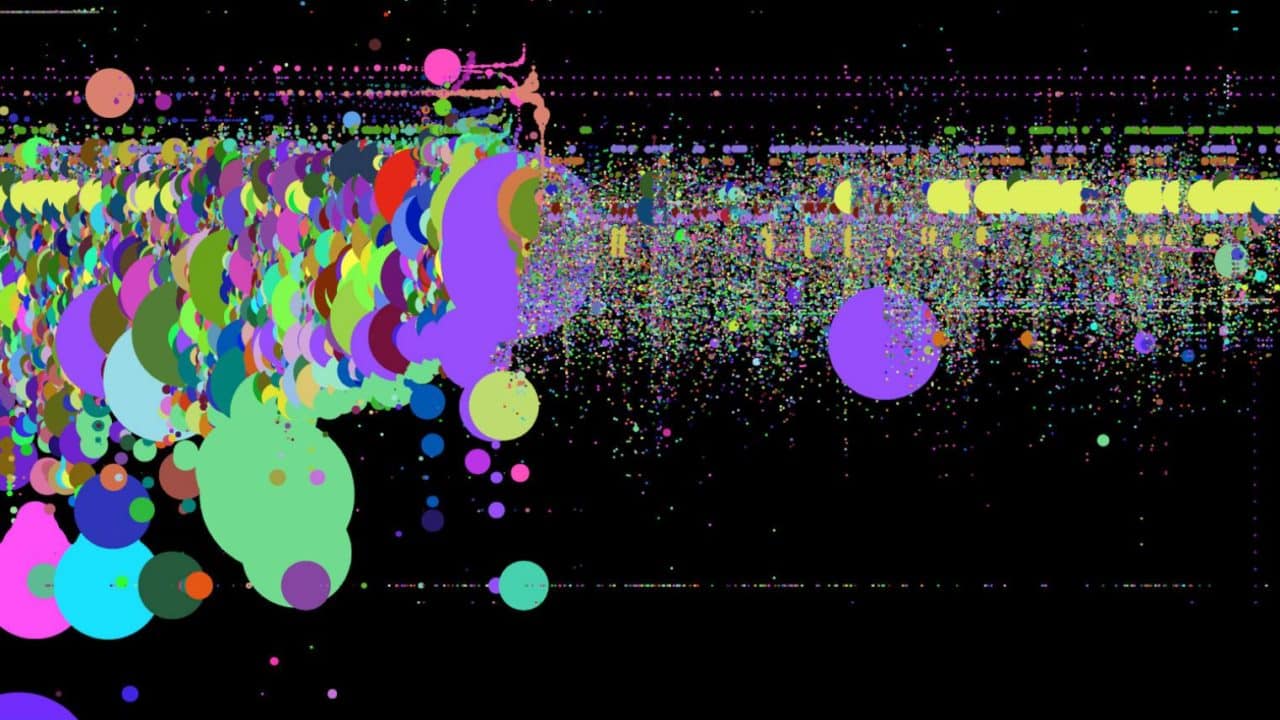- Low-latency networks and direct market access.
- Co-location services
- Advanced algorithms and machine learning techniques
- Data management.
- Advanced trading platforms and software.
High-frequency trading (HFT) is a type of algorithmic trading that uses advanced computer systems and algorithms to execute trades at high speeds and in high volumes. The technology behind HFT is crucial to its success, as it allows HFT firms to analyze vast amounts of market data, identify opportunities, and execute trades in milliseconds. In this article, we will take a closer look at the technology needed for HFT and how it helps HFT firms to gain a competitive edge.
One of the most important aspects of the technology needed for HFT is the use of low-latency networks and direct market access. Low-latency networks refer to networks that have a minimal delay between the time a trade is executed and the time it is confirmed. This is achieved by using specialized hardware and software, such as field-programmable gate arrays (FPGAs) and application-specific integrated circuits (ASICs), as well as high-speed fiber-optic cables.
HFT firms also use co-location services, which allow them to physically locate their servers in the same data centers as the exchanges. This reduces the time it takes for orders to be executed, as the closer the trading system is to the exchange, the faster the trade can be executed. This is important because the faster the trade is executed, the more profitable the trade can be.
A very important aspect is the use of advanced algorithms and machine learning techniques to analyze market data. This includes techniques such as statistical arbitrage, market making, and news-based trading. These algorithms help HFT firms to quickly identify patterns in the market data and make trades accordingly.
Data management is also a crucial aspect of HFT technology. HFT firms need to process and analyze large amounts of data in real-time, which requires a robust data management system. This includes data storage, data processing, and data visualization tools, which allow HFT firms to quickly and easily access and analyze the data they need to make trades. Additionally, data security is also a concern for HFT firms, as they handle large amounts of sensitive financial data. This requires the implementation of robust security measures, such as encryption, firewalls, and intrusion detection systems, to protect the data from cyber threats.
Another important aspect of the technology needed for HFT is the use of advanced trading platforms and software. These platforms and software allow HFT firms to automate their trading processes and execute trades quickly and efficiently. This includes order management systems, trade execution systems, and risk management systems. These systems also provide HFT firms with advanced analytics and reporting capabilities, which allow them to monitor and analyze their trading activity in real-time.
Finally, it’s important for HFT firms to stay up-to-date with the latest developments in technology and to continuously improve their technology infrastructure. This includes upgrading hardware and software, implementing new technologies, and adapting to changes in the market. By staying ahead of the curve, HFT firms can maintain a competitive edge and continue to be successful in this field.
Conclusion
In conclusion, the technology needed for HFT is a critical component of the overall HFT process. From low-latency networks, advanced algorithms, data management, security, and trading platforms and software, HFT firms must have a robust technology infrastructure to be able to analyze vast amounts of market data, identify opportunities, and execute trades quickly and efficiently. This is what allows HFT firms to gain a competitive edge in a highly competitive field.
What we do?
Are you looking to build a high-performing quantitative trading team but don’t know where to start? Look no further! Our team of experts has a wealth of experience in building and managing quantitative trading teams for a variety of financial institutions.
We understand that building a quantitative trading team is a complex and costly process that requires a significant investment in terms of time and resources. That’s why we offer a range of advisory services to help you navigate the process and ensure that your team is built to perform.
Check out our website here.
Our services include:
- Defining your goals and strategies: We work with you to understand your investment goals, strategies and risk management, helping you to define the specific skills and expertise that you will need in your team.
- Identifying and recruiting the right talent: We have a network of highly qualified individuals with experience in quantitative finance, computer science and mathematics, who can help you build a team of top performers.
- Developing a robust infrastructure: We help you to build a robust infrastructure that can handle large amounts of data and execute trades quickly, including hardware, software, and networking components.
- Developing a robust risk management system: We help you to put in place a robust risk management system to minimize your risk and maximize your return.
- Test and optimize strategies: We use backtesting, paper trading, and other methods to test and optimize your strategies before deploying them in live markets.
- Continuously monitor and improve: We continuously monitor your strategies, infrastructure, and risk management systems to help you to stay ahead of the competition.



